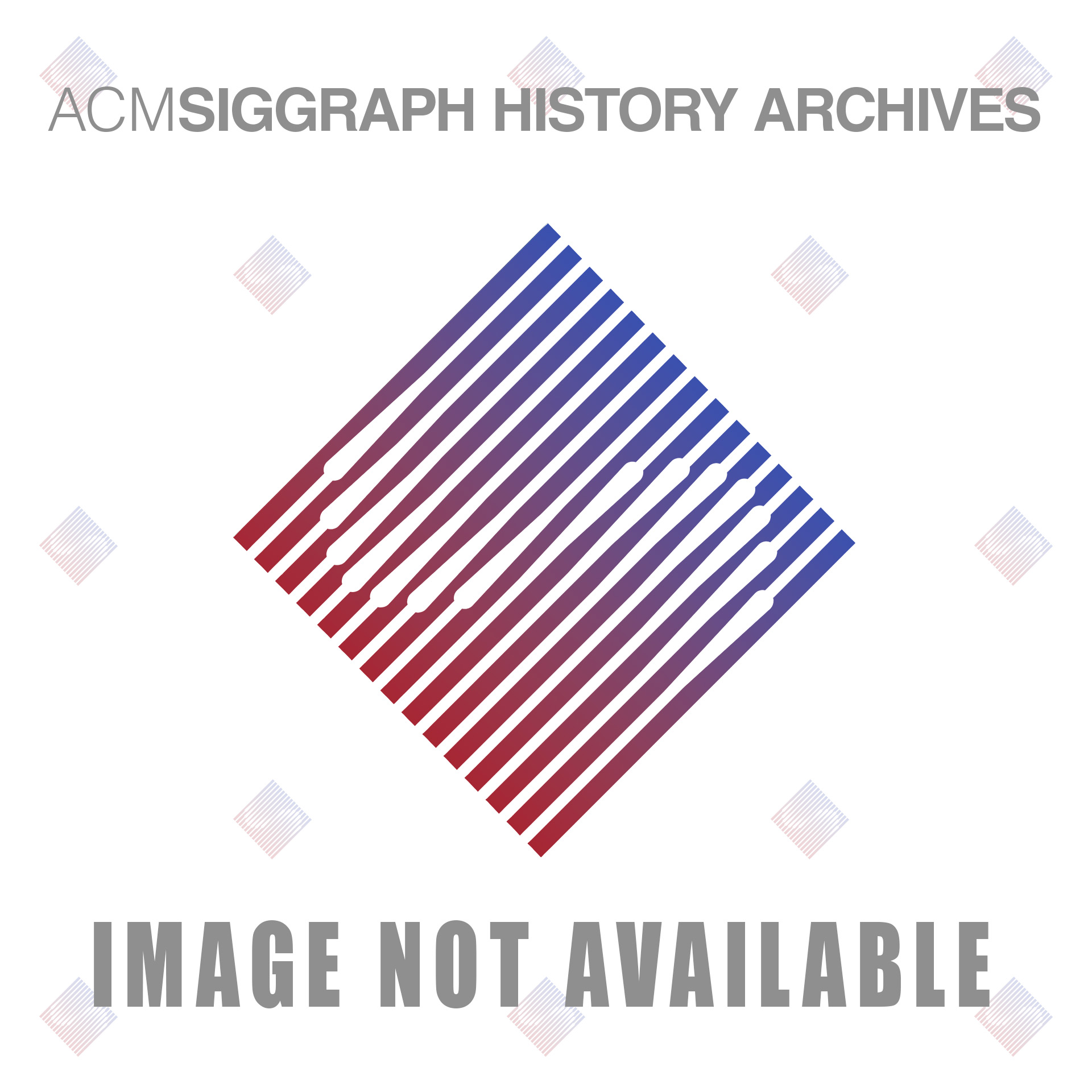Barbara Nessim: Random Access Memories
Artist(s):
Title:
- Random Access Memories
Exhibition:
Creation Year:
- 1991
Medium:
- Interactive Installation
Category:
Technical Information:
Hardware: Apple Macintosh IIx
Software: MacPaint, Hypercard
Other Information:
This installation consists of a computer sitting on a table; connected to it is a mouse pointing device. Next to the computer is a laser printer, a paper cutter and a stapler. The computer screen displays, at 2-second intervals, 200 different drawings, input by hand via digitized drawing tablet. A click on the mouse deletes the drawings and brings up 18 flags on the same screen. The viewer/participant selects a flag on the screen, with the mouse pointing device. A sequence of drawings appears, selected randomly from the 200 drawings. In addition, 16 drawings are selected randomly to create a mini-book. The laser printer delivesr an 8.5” x 11 ” piece of paper printed with 8 drawings on one side. On the other side there are six drawings including the image of the flag selected as the front cover and some informative text for the back cover. The layout of the drawings enables the viewer/participant to construct the minibook (2.75″ x 4.25″). Instructions are provided for the proper folding, cutting, and stapling. By interacting with the computer, all participants share in creating their gift, the miniature book. Because of random selection no two books are the same. Each mini-book is a unique work of art.
All Works by the Artist(s) in This Archive:
- Barbara Nessim
-

Veiled Egg
[SIGGRAPH 1994] -
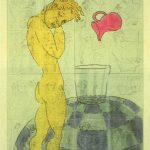
Common Sense in Short Supply
[SIGGRAPH 1995] -
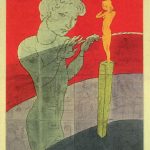
Seeking Monumental Status
[SIGGRAPH 1995] -
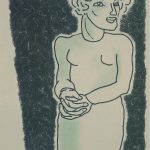
Diana 1
[SIGGRAPH 1986] -
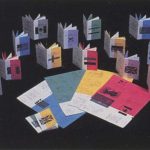
Random Access Memories 400
[SIGGRAPH 1992] -
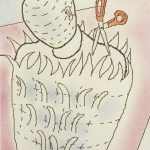
Under Wraps
[SIGGRAPH 1990] -
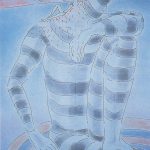
Thoughts of the Moon
[SIGGRAPH 1989] -
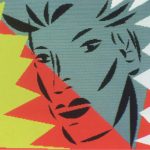
Face #111 from Face Series
[SIGGRAPH 1998] -
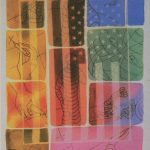
Tic Tac Toe from American Favorite Serie...
[SIGGRAPH 1998] -

The Gift
[SIGGRAPH 1987] -
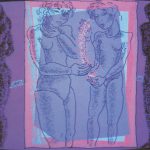
Two Shadows Outside Two Women
[SIGGRAPH 1985] -
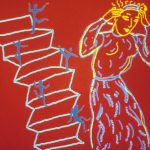
Staircase of Men
[SIGGRAPH 1985] -
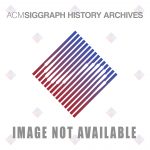
German Lives
[SIGGRAPH 1988] -

French Lives
[SIGGRAPH 1988] -

American Lives
[SIGGRAPH 1988] -

Untitled
[SIGGRAPH 1986] -

Random Access Memories
[SIGGRAPH 1991] -
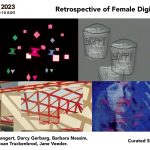
Retrospective of Female Digital Art Pion...
[SIGGRAPH 2023]

